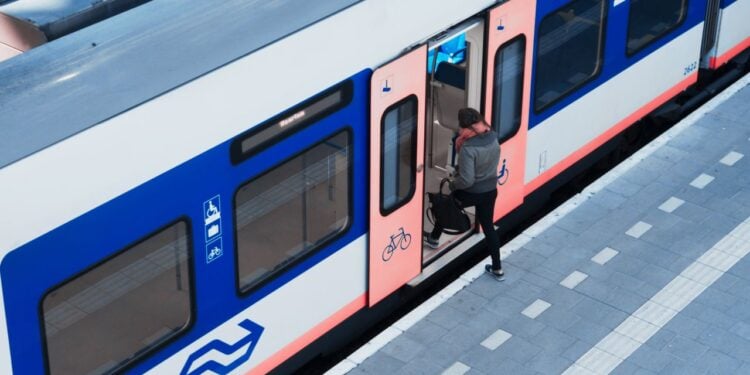What’s going on:
The rise of remote and hybrid work arrangements has led to a decrease in workers relocating to new areas for jobs, with the number falling to a record low in the first quarter of this year, according to Worklife. This trend has given rise to “super commuters” who travel long distances, often across state lines, to get to their workplaces.
The current surge of super commuters predominantly consists of individuals from the Gen Z and millennial generations. A portion of these commuters have made the deliberate choice to use air or rail transportation for their hybrid jobs, which requires them to work only a few days in the office each week.
Why it matters:
This shift in commuting patterns shows what younger employees are willing to do to take advantage of hybrid work opportunities. The willingness of younger demographics to undertake long commutes, often for financial reasons, underscores the impact of the high cost of living in certain metro areas and the desire to maintain a balance between work and personal life. It also highlights the flexibility offered by hybrid work models, allowing employees to live further away from their workplaces without having to relocate.
How it’ll impact the future:
The rise of super commuting could influence urban planning and public transportation policies, as cities and states grapple with the needs of these long-distance commuters. It could also impact housing markets, as demand shifts away from traditionally popular urban centers.
Super commuting may lead to a reevaluation of traditional work models and encourage more companies to adopt flexible work arrangements. It might also lead to a broader distribution of talent, as workers are no longer bound by traditional geographical constraints — which benefits employers that are actively recruiting. This could increase competition among businesses for top talent. On the downside, it has the potential to contribute to increased burnout and stress among workers due to the longer commute times.


 Dr. Gleb Tsipursky – The Office Whisperer
Dr. Gleb Tsipursky – The Office Whisperer Nirit Cohen – WorkFutures
Nirit Cohen – WorkFutures Angela Howard – Culture Expert
Angela Howard – Culture Expert Drew Jones – Design & Innovation
Drew Jones – Design & Innovation Jonathan Price – CRE & Flex Expert
Jonathan Price – CRE & Flex Expert










